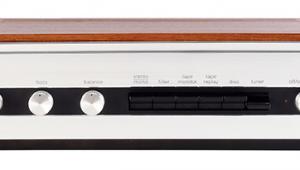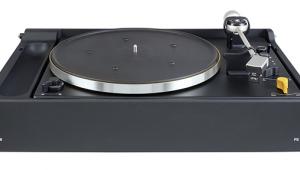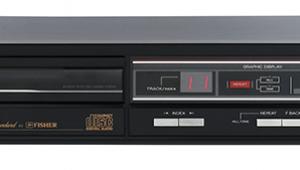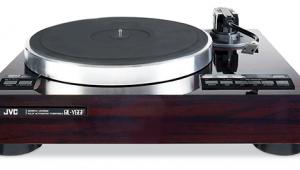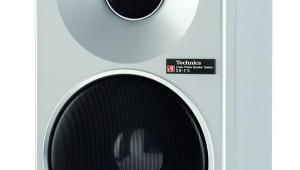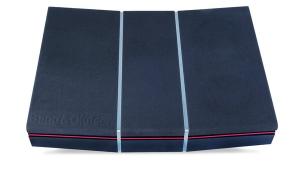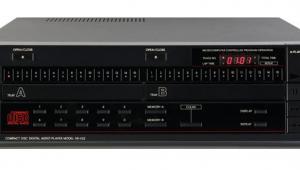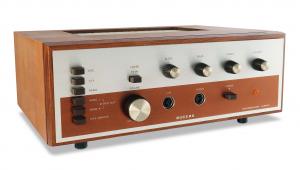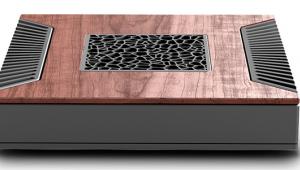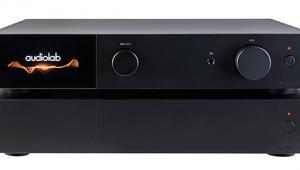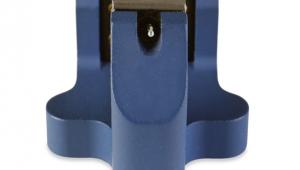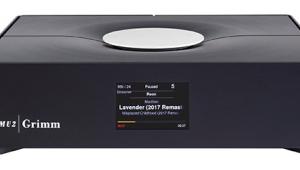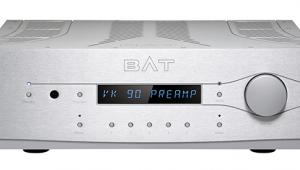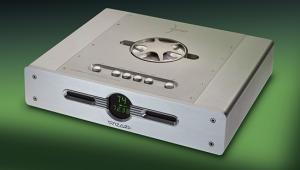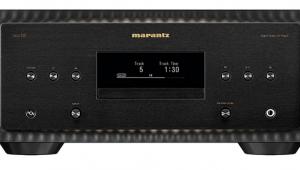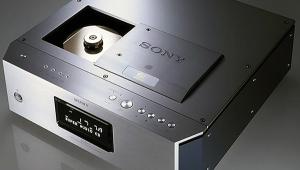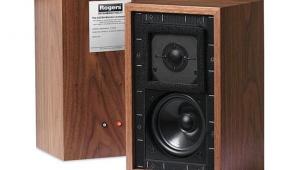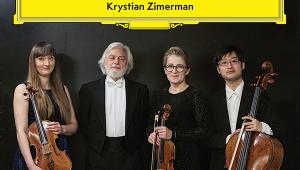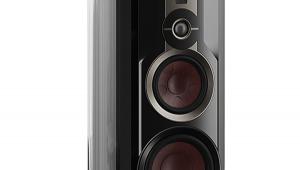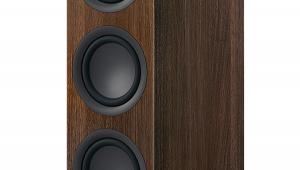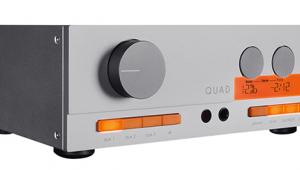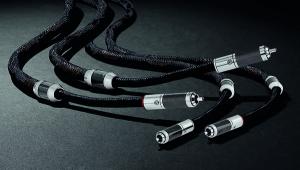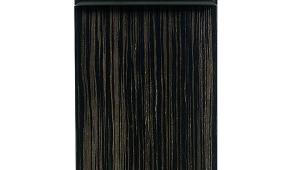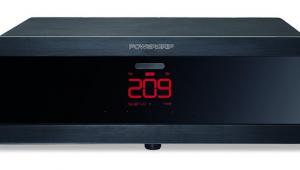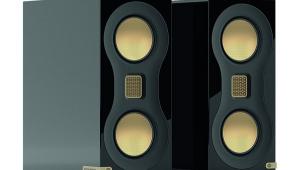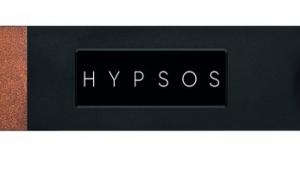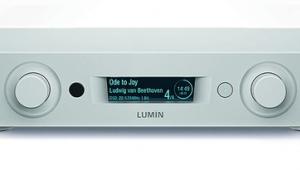Pink Triangle Integral Talking Technology
Owen Jones, the Integral amplifier’s engineer, isn’t especially forthcoming about his designs – Pink Triangle didn’t even supply an owner’s manual with our review sample. He did, however, prepare the following design notes, which is as close to a description of the Integral amplifier’s workings as we are going to get...
‘As with all Pink Triangle products, our key design objectives were neutrality and transparency. We were also keen to give the Integral the ability to drive just about anything bar an HGV. A decision was made at an early stage to put build quality of the new range firmly in the “battleship class”. With the extensive use of tool plate alloys and custom extrusions we feel we’ve succeeded, the amplifier weighing in at a backbreaking 20kg.
‘The cascode output stage of the Integral offers a number of benefits. The power handling and transfer function-determining parameters of the output stage are split, allowing the power transistors to be better optimised for their particular role. The transfer function is primarily determined by the emitter-follower section of the output stage. This operates at lower voltage and power, so a faster, higher-gain, more linear transistor can be employed, improving output stage non-linearity as well as reducing non-linear loading on the driver stage. The main power handling occurs in the common base section and this transistor can be chosen for its ruggedness, in the knowledge that its transfer characteristics have only a secondary effect upon the output stage.
‘Conventional emitter-follower output stages normally employ emitter resistors to ensure thermal stability by providing local feedback to the individual transistors. This worsens crossover distortion by sharpening the turn-on knee of the transistors. In the cascode configuration, the emitter follower temperature cycling is lower than normal due to its reduced operating voltage and its thermal stability is therefore greater. This characteristic has been taken advantage of in the Integral to allow these resistors to be reduced in value, broadening the crossover region and linearising the output stage, thereby reducing the severity of any higher order distortion products.’



